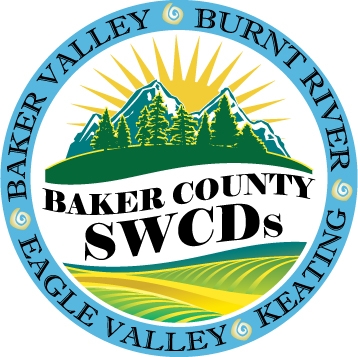Ag Water Quality Management Act
History of the Program
In 1993, the Oregon Legislature passed the Agricultural Water Quality Management Act, Senate Bill 1010, directing the Oregon Department of Agriculture (ODA) to develop plans and associated regulations to prevent and control water pollution from agricultural activities and achieve water quality standards. The legislation also required the involvement of SWCDs as much as possible.
Since 1997, program staff have worked with Local Advisory Committees (LAC), which include farmers, ranchers, and stakeholders, to develop water quality management plans and adopt regulations in Oregon’s 38 water quality regions. The plans give local agricultural landowners a framework in which to comply with the rules, which are required by state law. Soil and water districts are responsible for coordinating LACs and keeping constituents up to date with proposed changes and updates to the Ag Water Quality Management Plan, as well as other state and federal policies.
ODA is also responsible for ensuring that farmers and ranchers help achieve water quality standards and meet the agricultural pollutant load allocations assigned by the Oregon Department of Environmental Quality (DEQ) in its Total Maximum Daily Loads (TMDLs). Soil and water districts act as liaisons for local landowners and producers while navigating these state and federal policies.
Baker County has two management areas; Burnt River and Powder Brownlee. View the full area plans below:
BurntRiverAWQMAreaPlan.pdfPowderBrownleeAWQMAreaPlan.pdf